
In news that customers will welcome, Qantas is considering bringing more of its call centre work back to Australia.
As flagged by Qantas CEO Vanessa Hudson at today’s AGM, the airline is currently in the process of reviewing its contact centres. As part of this, Qantas is providing more training to agents and reconsidering its overreliance on cheaper offshore call centres operated by third parties.
“We’re also reviewing our call centres more broadly, with extra training for agents and considering whether we bring more of this important task back onshore,” Hudson said.
So, why is Qantas considering this and how did we get here?
A brief history of Qantas call centres
Qantas previously had call centres in Brisbane, Melbourne and Hobart. But, in order to cut costs, it closed its Melbourne call centre in 2015 and the Brisbane call centre a year later. At the time, this resulted in the loss of around 450 full-time Australian jobs.
Qantas kept its call centre in Hobart – which continues to provide excellent customer service – and went on to open new call centres in Auckland, Cape Town, Manila and Suva. A third-party company called Mindpearl manages the South African and Fijian locations under contract.
Call centre outsourcing isn’t inherently a problem if the agents are well-trained and given authority to take ownership of problems. Virgin Australia, for example, has been quite successful in setting up its main call centre in Manila.
Unfortunately, as many Qantas customers who’ve dealt with some of the outsourced call centres would attest to, this hasn’t always been the case.
In recent years, there have been countless complaints on AFF (and elsewhere) relating to Qantas’ overseas call centres. Key issues have included long wait times, call dropouts, agents giving wrong information and even overseas call centre agents accidentally cancelling customers’ bookings.
Hudson has acknowledged these issues, telling shareholders today that she wants Qantas “to be easier to deal with”. Increased training and more call centre staff in Australia would almost certainly help with this.
If it does bring more call centre work back on-shore, Qantas certainly wouldn’t be the first large Australian company to do so. Telstra is another example of a company that realised outsourcing its call centres overseas was doing more harm than good. Last year, Telstra announced it was bringing its call centres back to Australia.
Other technology improvements
Another way to reduce the pressure on call centres is to make it easier for customers to self-service. Qantas is investing in that, too. For example, it recently launched a significant update to the Qantas App.
“Technology also has a role to play here. We’ve invested tens of millions of dollars to rebuild the Qantas app from scratch, making it easier for people to manage their journey – from changing a flight to tracking your bag,” Hudson said.
Hudson also revealed at today’s AGM that the airline is working on permanent improvements to the Qantas Frequent Flyer program. These will be announced in early 2024.
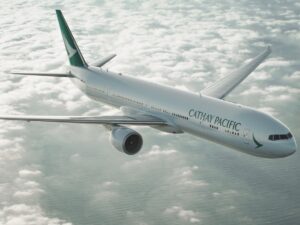

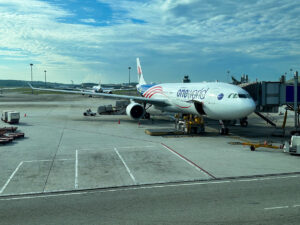
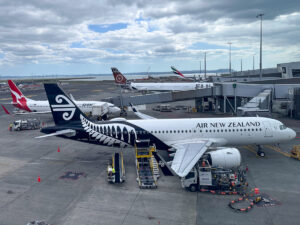


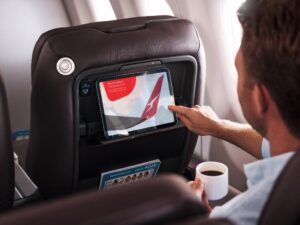
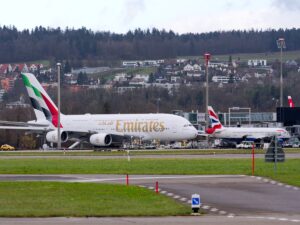
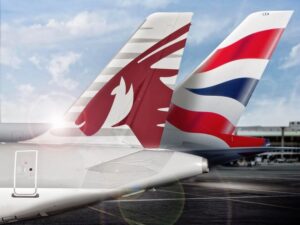



























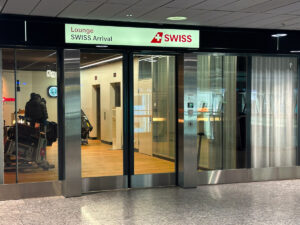
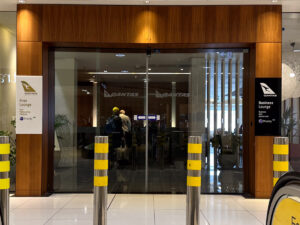



































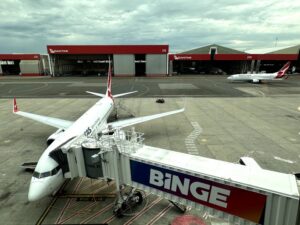

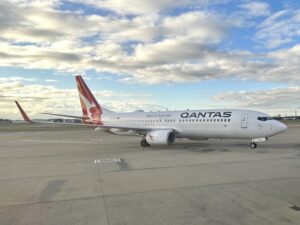





Community Comments
Loading new replies...
Join the full discussion at the Australian Frequent Flyer →